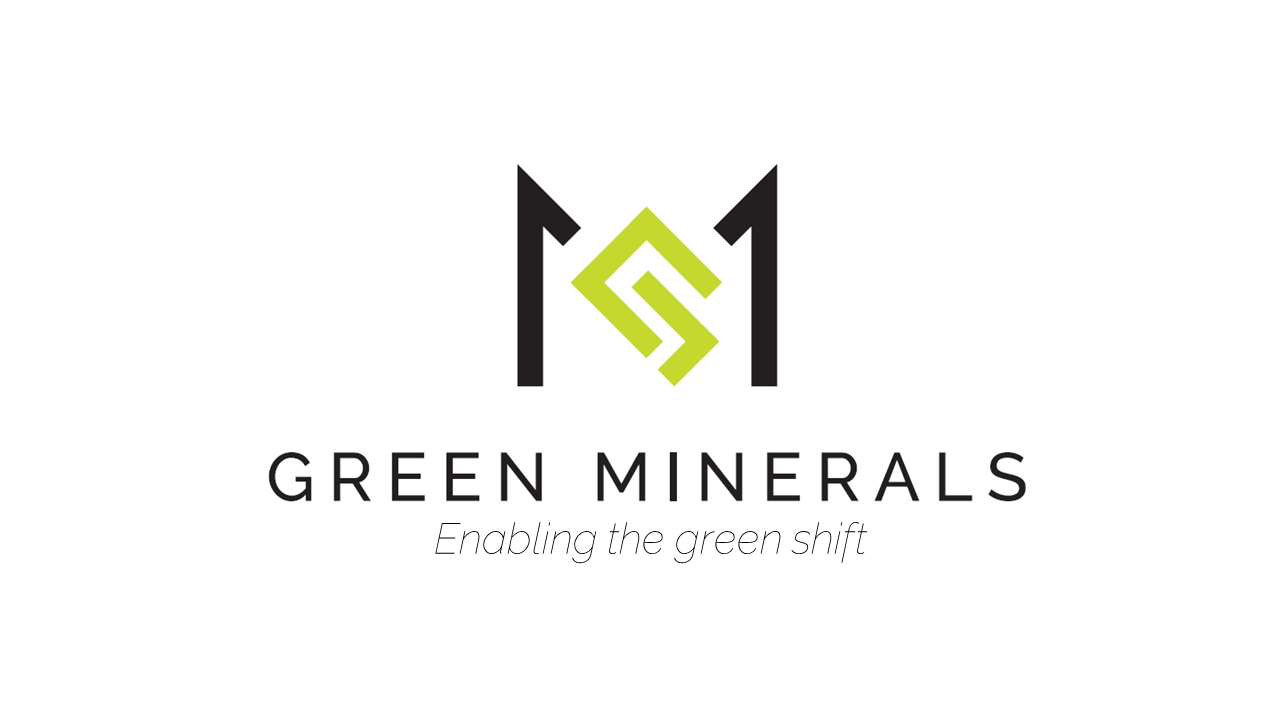SeaBird Exploration to target deep sea mining of minerals – African Mining Market
By Laurence M. Stevens
Oslo-listed seismic company SeaBird Exploration Plc is set to expand into seabed mining on the Norwegian continental shelf. The company aims to spin off and separately list its marine minerals business, Green Minerals, during the first quarter of 2021.

“Strategically and operationally, it makes sense to develop the marine minerals business as a standalone entity, given the opportunity for value creation we see in this market with an estimated NOK 700 billion worth of resource potential on the Norwegian continental shelf alone,” says Ståle Rodahl, executive chairman of SeaBird.
Moving the world from its reliance on fossil fuels to renewable energy will increase the demand for minerals to support the “green shift”. Such minerals are central to renewable technologies such as batteries, wind turbines, solar panels, but also the electric infrastructures for power distribution.
Some of these metals are a source of concern due to uncertain future supply, either to due inadequacy between future demand/supply projection or because of their current supply is currently limited to a few countries. Improved recycling efforts will only cover some of the growing future demand for metals.
It is well documented that production at onshore mines is challenged by controversial working conditions and puts severe stress on resources and the environment. The decreasing ore grades of existing mines also means that future onshore mining operation will require more energy to extract the same amount of metal as they do today, thereby increasing their environmental footprint further.
“Marine minerals can raise the supply of raw minerals and reduce the environmental impact of mineral mining. In addition, marine minerals could actually be used to extend the life of existing onshore mines which would be beneficial for lifecycle assessment purposes,” says Ståle Rodahl.
Norway Prepares to open areas for seabed mineral exploration
On 12 January, the Norwegian government announced the start of a public consultation period for an environmental impact study, which is required to open areas for mineral mining activities on the Norwegian continental shelf.
The public consultation follows three years of seabed mapping conducted by the Norwegian Petroleum Directorate. The directorate´s surveys have found significant deep-sea deposits containing copper, zinc, cobalt, gold and silver. High concentrations of lithium and scandium, a rare-earth metal used in electronics, have also been discovered. Norway plans to start awarding productions licenses for deep-sea mining by 2023.
“Such seabed minerals can contribute to a greener and more sustainable future. They also represent a unique opportunity to stablish a new ocean industry based on a home-market with significant export potential. This new industry could generate thousands of jobs and create significant value for Norway. Given our long-standing experience operating on the Norwegian continental shelf, Green Minerals is perfectly suited to play a key role in marine mining. But for Norway to take a pole-position in the development of seabed mineral exploration, we must act now, while the global market is still in its infancy,” says Rodahl.
According to a recent report from Rystad Energy consulting group, a Norwegian marine minerals industry could generate a yearly revenue up to USD 20 billion – compared to USD 61 billion for oil and gas in 2019 – and create about 21,000 jobs.
Leveraging oil and gas technology
SeaBird´s forthcoming spin-off, Green Minerals, is currently developing marine mining solutions combining field-proven technologies from both the mining and deep-water oil and gas industries with an objective of optimising the value generated by marine minerals deposits.
“It´s obvious that subsea mining shares common traits with deep-water oil and gas and onshore mining. Nevertheless, we recognise that subsea mining is a new industry and we are working towards providing optimal solutions which capitalise on existing experience and provide the necessary innovation,” says Rodahl.
For marine mining exploration purposes, Green Minerals will combine well-proven technologies such as high-resolution seismic, bathymetry, electromagnetic surveys, magnetometry, water chemistry, hyperspectral imaging as well as core and surface sampling supported by low-cost drilling solutions.
“Green Minerals will be an advocate for responsible marine operations, operating with the smallest possible environmental footprint and ensuring that the highest value is produced from marine deposits. By transferring the oil and gas industry´s proactive approach to HSE to the offshore mining industry, we can contribute to responsible mining operations,” Rodahl concludes. SeaBird plans to spin off and list Green Minerals on Euronext Growth in Oslo in the first quarter of 2021, making it the only pure-play marine minerals company that is listed. Following the spin-off and share distribution to SeaBird´s shareholders, SeaBird will be the majority owner of Green Minerals.
